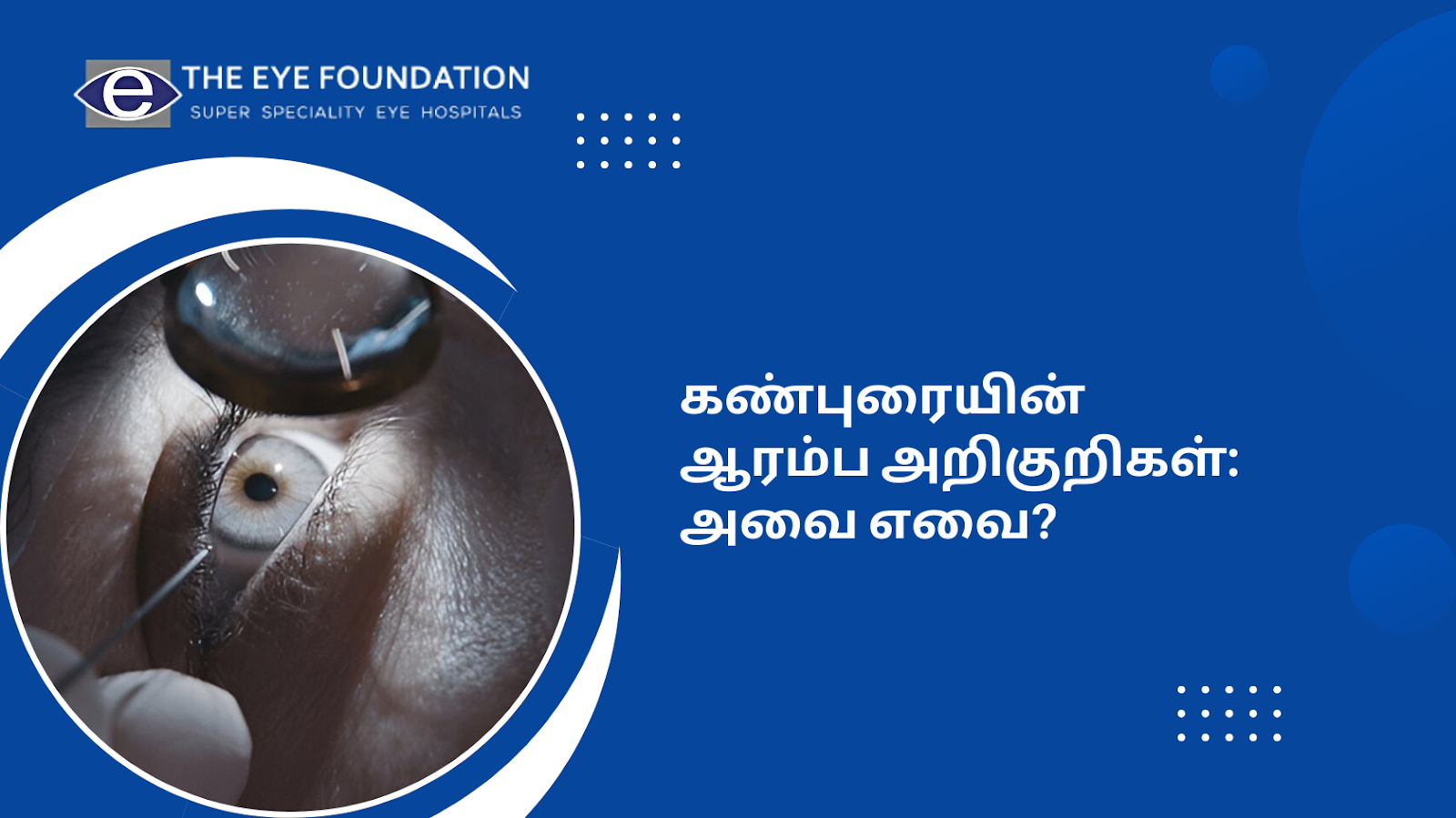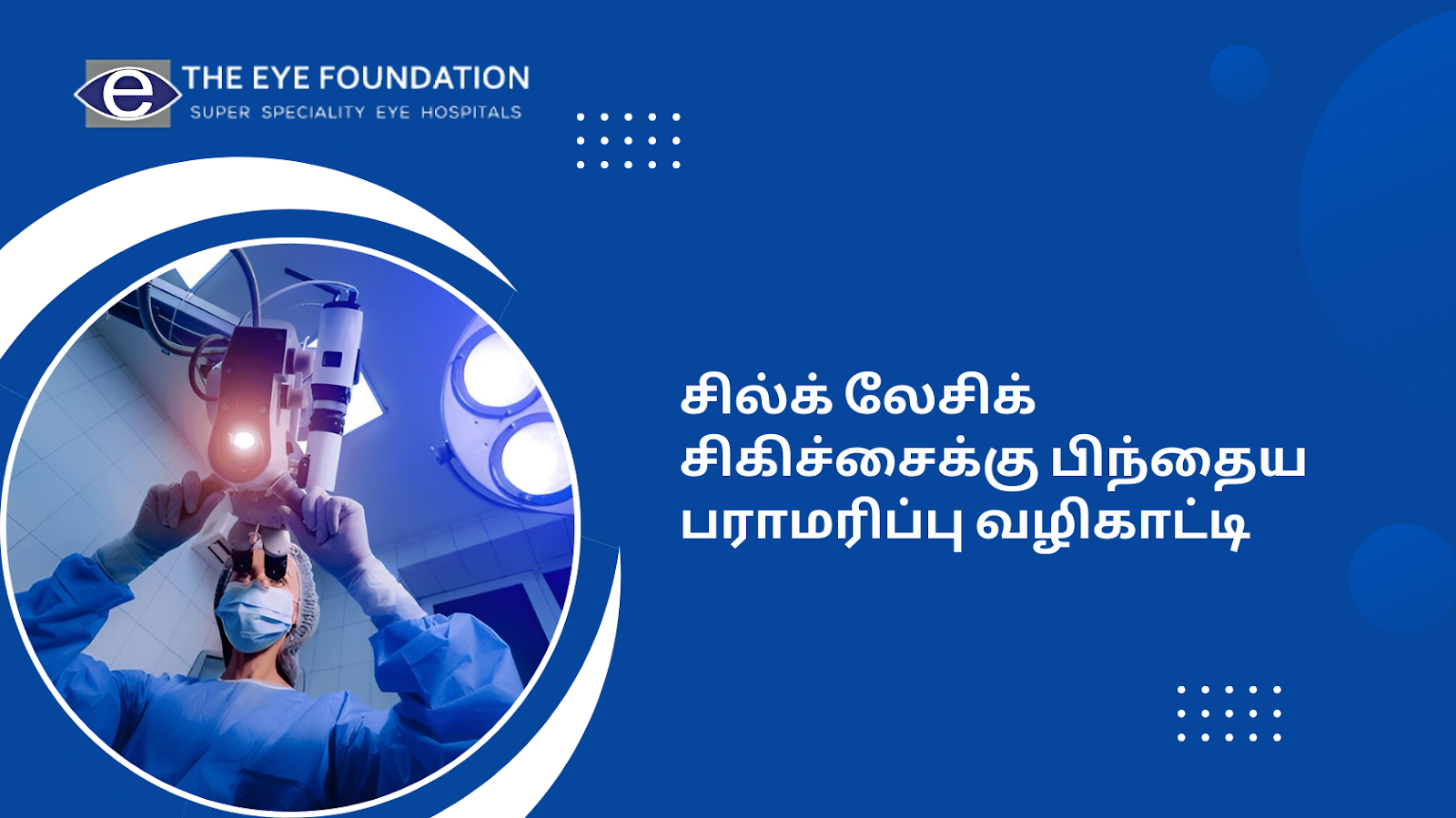In our screen-dominated world, it is easy to blame headaches, eye strain, or blur on stress, dehydration, or too much screen time. But what if those symptoms represent more than just digital fatigue? What if there are deeper, neurological deficits involving your eyes?
That's when neuro-ophthalmology comes in one of the few specialties that unites eye care with neurology. If your visual disturbance problems are chronic and aren't resolvable through basic eye care, it might be time to consider if your eye strain has a neurological cause.
Understanding the Connection: Eyes and the Brain
Your eyes can act as a lens, but your brain interprets the images. Our optic nerve functions like a high-speed wire connecting our brain and visual system. If there is an impediment at any part of that network such as inflammation, compression, or damage then we may have symptoms of:
- Unexplained headaches
- Frequent eye strain
- Double vision or blurred vision
- Drooping eyelids
- Visual field loss
- Sudden changes in color perception
These aren't simple eye issues; they are generally a sign of neurological problems. Unfortunately, they may not be at the forefront of a diagnosis or considered during a regular eye exam.
There is an assumption that when a person has vision problems, the problem rests in the actual eye. However, our brain is the main integrative piece in our vision. The optic nerves and visual pathways take signals to a few parts of the brain that process them before the signals are interpreted by conscious thought and action, so all of these have to be healthy to have good vision. When any part of the visual pathway (the optic nerve, the visual pathways or the area of the brain) is damaged due to pressure, irritation or any kind of neurological condition, there may be symptoms such as headaches, double-vision or chronic eye fatigue. When this is the case, the best glasses won't address the problem because this eye strain has neurological causes that require more evaluation than a basic vision check at the eye doctor.
Common Neurological Causes of Eye Strain
So what might the causes of eye strain from a neurological standpoint be? Here are three common causes:
1. Optic Neuritis
This is an inflammation of the optic nerve which presents as unilateral (one eye) acute vision loss, pain in the eye (especially with movement), and something called visual fatigue. It often occurs in patients with some autoimmune disease like multiple sclerosis.
2. Intracranial Hypertension (Pseudotumor Cerebri)
Increased pressure in the brain can cause the optic disc to swell (papilledema), which can cause headaches (especially in the mornings), blurry visions, and pulsatile tinnitus. One of the more under reported eye strain neurological causes, it occurs most often in younger women and misrepresented as a migraine or stress.
3. Cranial Nerve Palsies
The third, fourth, and sixth cranial nerves all control eye movement. In particular, a palsy or dysfunction of any of these nerves can lead to diplopia (or double vision), misalignment of the eyes, and fatigue during visual tasks.
4. Visual Pathway Lesions
Tumors, strokes, or lesions in the brain can also disrupt the visual pathway or muscles and can appear as unexplained loss of vision or visual field defects. All of these result in a serious situation requiring multisystem evaluation of the patient's neurological and ophthalmic situation.
In all cases referenced above, the investigation of eye strain caused by neurological issues should include detailed neuro-imaging and a multidisciplinary approach.
When Should You See a Neuro-Ophthalmologist?
Here are some red flags that suggest your eye symptoms may have a neurological origin:
- Persistent or worsening headaches with vision problems
- Sudden vision changes not explained by refractive error
- Visual disturbances accompanied by dizziness or balance issues
- Visual field loss, tunnel vision, or blind spots
- Eye pain that worsens with movement
- Unequal pupil sizes or drooping eyelids
If any of these symptoms sound familiar, don’t delay. It’s important to rule out or diagnose eye strain neurological causes early to prevent long-term damage.
Diagnosis and Treatment
A neuro-ophthalmologist will typically conduct a combination of:
- Detailed medical and neurological history
- Visual acuity and field tests
- Fundus examination (to check the optic nerve)
- MRI or CT scans
- Blood tests (if an autoimmune or inflammatory condition is suspected)
Treatment can range profoundly due to multiple aetiologies and can include steroids to control inflammation, medication to reduce intracranial pressure, and in extreme cases surgery. Timing of treatment is paramount.
Don’t Ignore the Signals: Book an Appointment Today
Headaches, eye strain, and blurred vision may feel like the new normal in today's high-paced world; but when they become chronic this needs to be evaluated further. Ignoring the symptoms can often result in the loss of diagnosis of a treatable neurological disorder.
If you have already tried eye drops, taking breaks, reducing glare, or getting light adjustment for your screen and you are still not getting better, then it is time for an evaluation for possible neurological causes of eye strain with a trusted specialist.
At The Eye Foundation, our neuro-ophthalmology group specializes in the assessment and management of complex cases where headaches, eye strain, and blurry vision coexist. With our exacting technology and integrated experience we look deeper than eye care, utilizing diagnostic tests to identify the issues at hand and target therapy.
Your eyes are not just the windows to the world; your eyes are also one's the undocumented windows to your neurological wellbeing. If you live with persistent visual distress or headaches, don't settle for partial solutions. Have our specialists work to evaluate your concerns and assess whether it is a sign of something deeper.
Book an appointment today at The Eye Foundation and make your first step in pursuing full recovery and clarity in your vision.






